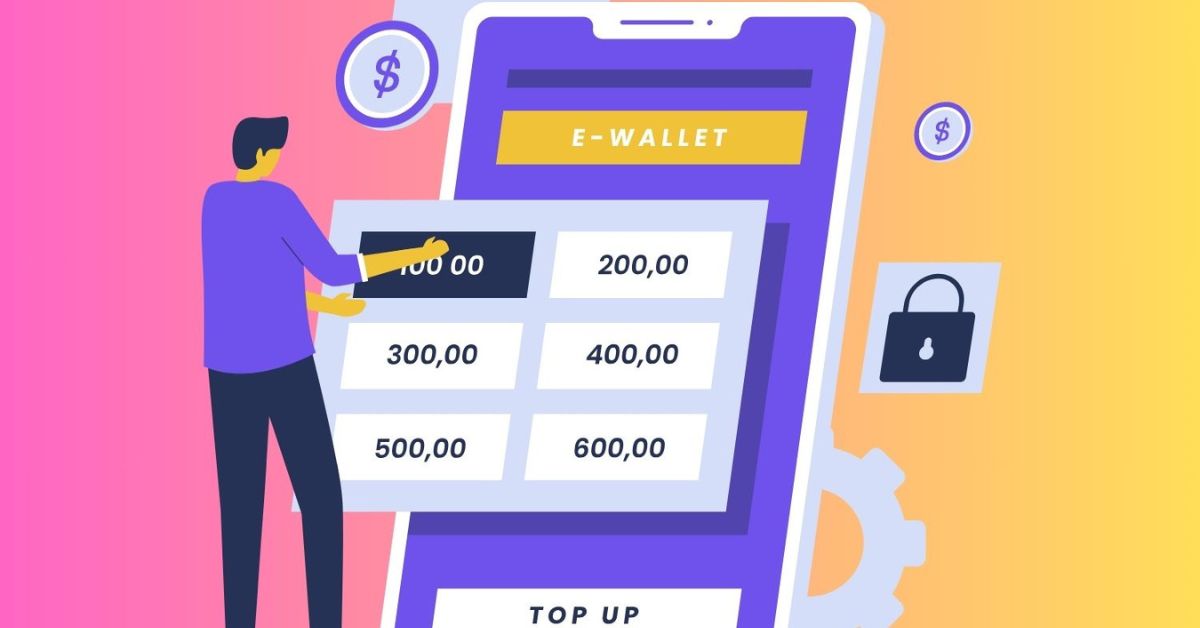Introduction
The financial industry is transforming. Open Banking challenges the traditional banking model by offering a more collaborative and customer-centric approach. While conventional banking relies on centralized control and closed systems, Open Banking leverages APIs (Application Programming Interfaces) to enable secure data sharing between banks and authorized third-party providers. This innovation has shifted how consumers and businesses interact with financial services.
Here’s a breakdown of the key differences between Open Banking and traditional banking and how they impact customers.
1. Customer Control Over Data
Traditional Banking:
In traditional banking, the bank stores and manages customer data exclusively. While this ensures data security, it limits customer access and the ability to share data with other service providers.
Open Banking:
Open Banking empowers customers to control their financial data. Customers can securely share their data with authorized third parties, such as fintech apps or alternative lenders, to access tailored financial services like budgeting tools or credit products.
Key Benefit:
Open Banking provides greater flexibility and personalization, allowing customers to benefit from innovative solutions that address their needs.
2. Access to Third-Party Services
Traditional Banking:
Banks traditionally offer a limited range of in-house products and services, from loans and credit cards to savings accounts. Customers must rely solely on the bank’s offerings, which may not always be competitive or suited to their needs.
Open Banking:
With Open Banking, customers can access a broad ecosystem of third-party services. Integrating external providers, from investment platforms to payment processors, ensures more choice and competition in the market.
Example:
A small business owner can use an accounting app that supports Open Banking to consolidate financial data from multiple banks and streamline expense management.
3. Technology and Integration
Traditional Banking:
The traditional model relies on legacy systems, which can be slow, inflexible, and difficult to integrate with modern technologies. This often results in limited innovation and slower adoption of digital tools.
Open Banking:
Open Banking uses APIs to enable seamless integration with cutting-edge technologies. This fosters rapid innovation and the creation of customer-focused solutions, such as AI-driven financial planning apps and real-time payment systems.
Pro Tip:
Open Banking bridges the gap between modern technology and traditional financial services, offering a more agile and responsive experience.
4. Payment Systems
Traditional Banking:
Traditional banking payment systems often rely on card networks and intermediaries, which can result in higher transaction fees and slower processing times.
Open Banking:
Open Banking facilitates direct account-to-account transfers, reducing transaction fees and improving payment speeds. This is particularly beneficial for businesses seeking cost-effective and efficient payment solutions.
5. Transparency and Security
Traditional Banking:
Banks maintain centralized control over financial data, which can limit transparency and customer visibility into how their data is used.
Open Banking:
Open Banking emphasizes transparency by allowing customers to manage data-sharing permissions. It ensures security through encryption and strong authentication protocols, aligning with strict regulatory standards.
Conclusion
While traditional banking offers familiarity and stability, Open Banking redefines the financial landscape with its collaborative, technology-driven approach. Open banking enables personalized financial solutions and enhances user experiences by prioritizing customer control, innovation, and efficiency.
As Open Banking continues to evolve, its differences from traditional banking underscore its potential to reshape how individuals and businesses manage their finances.
#OpenBanking #TraditionalBanking #FinancialInnovation #DigitalBanking #CustomerCentricFinance
Categories



